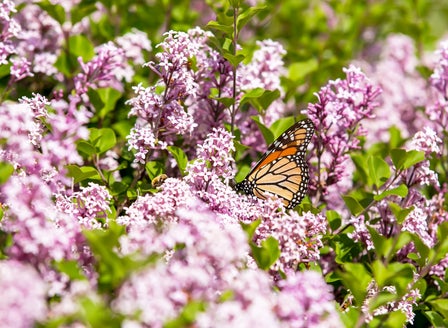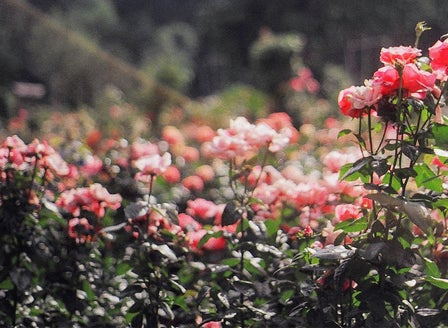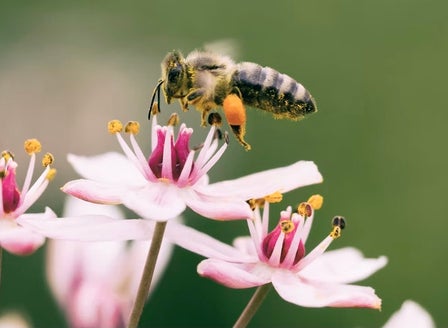A must-have for any garden, easy-care lavender can be used as garden borders to fill gaps in the garden and are a great way to feed neighbourhood bees. In addition to its use in the garden, lavender flowers can also be easily dried for floral arrangements.
Planting Calendar
It is best to plant lavender from August through until January.
Prepare
Position
Lavender likes a warm sunny position with a minimum of 6 hours of direct sunlight daily. Lavender can also be grown successfully in pots. Great for small hedges, garden borders, in mixed plantings, or as a stand alone feature plant.
Soil
When planted into the ground Lavender likes a free draining soil that is rich in organic matter. To improve the organic content in your soil, break up the soil and add Kings Compost and Kings Sheep Pellets then mix together well. When growing in containers, plant into Kings Container mix. This mix contains added water storage crystals and Saturaid, two products that help maintain moisture in the soil.
Plant
When planting into the ground, gently tap the plant out of its pot. Dig a hole twice the depth and width of the plants root ball. Mix Kings Compost into your existing soil at a 50/50 ratio, add Sheep Pellets. Back fill the hole with this soil, so that when planted the top of the plant’s roots sit level with the surrounding ground. Firm the soil down gently and water in well with Aquaticus Organic Garden Booster. In heavier clay soils, where drainage is likely to be an issue, plant onto a raised mound and sprinkle Gypsum Clay Breaker into the bottom of the hole, this helps slowly condition the soil and help to break down the clay. When planting into containers plant into Kings Containers mix, as this has water retention crystals in it, which will help in keeping the soil moist. Firm the soil down gently and water in well with Aquaticus Organic Garden Booster.
Care
Watering
Watering is essential especially in the first year of planting to allow the roots to get well established. Water slowly allowing the water to sink down into the roots, rather than allowing it to run off the top of the soils surface. Allow the soil to dry out slightly before watering again. Add Saturaid into the soil at planting as this will help channel the water deep down into the root zone.
Feeding
Lavender plants require few nutrients to thrive. Do not feed when planting, but instead feed 1 month after planting. Feed twice a year, in spring and again in summer, with Nitrophoska TE. Monthly applications of Aquaticus Organic Garden Booster will encourage strong roots and a healthy immune system.
Pruning
Deadhead flowers as they start to brown off, throughout spring and summer to encourage more flowers. Trim the plant back regularly to ensure plants don’t become woody. As a general rule, trim back by a third as soon as they finish flowering. For varieties that continuously flower, prune in early summer and once again in autumn.
General Care
When using sprays, chemicals or fertilisers always read the label and follow the instructions. Apply sprays in the evening to avoid harming beneficial insects.
Beginner Tip
Lavender likes a soil that is not acidic with a PH between 6.7 to 7.3 an addition of Hydrated Lime at planting time will correct the soil Ph. Ensure the Lime is mixed well into the soil before planting.
Expert Tip
Overwatering is the quickest way to kill Lavender, remember good drainage is key. Do not over-water, and allow the soil to dry slightly before watering again. When there is a lot of heat and humidity, fungus can attack the plants, turning the leaves brown.
Top Varieties
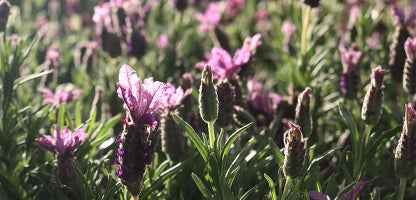
Lavender Major
Grows approximately 0.6 x 0.6 m. Packed full of lavender oil, the scent from this variety is exquisite. Produces plump, dark purple blooms with lighter mauve ‘ears’ from spring into autumn.
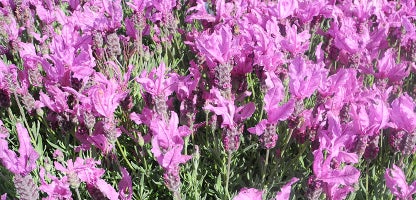
Lavender Princess
Grows approximately 0.7 x 0.7 m. This Spanish type of lavender produces incredibly vibrant pink flowers from spring into summer with a neat, compact growing habit.
Frequently Asked Questions
What type of soil is best for growing Lavender?
When planted into the ground Lavender likes a free draining soil that is rich in organic matter. To improve the organic content in your soil, break up the soil and add Kings Compost and Kings Sheep Pellets then mix together well. When growing in containers, plant into Kings Container mix. This mix contains added water storage crystals and Saturaid, two products that help maintain moisture in the soil.
How often should I water my Lavender plant?
Watering is essential especially in the first year of planting to allow the roots to get well established. Water slowly allowing the water to sink down into the roots, rather than allowing it to run off the top of the soils surface. Allow the soil to dry out slightly before watering again. Add Saturaid into the soil at planting as this will help channel the water deep down into the root zone.
When is the best time to prune Lavender?
Deadhead flowers as they start to brown off, throughout spring and summer to encourage more flowers. Trim the plant back regularly to ensure plants don’t become woody. As a general rule, trim back by a third as soon as they finish flowering. For varieties that continuously flower, prune in early summer and once again in autumn.
Can Lavender grow well in pots?
Yes, Lavender grows well in pots. Use a large pot with good drainage holes and fill it with a well-draining potting mix. Place the pot in a sunny spot and water sparingly.
When is the best time to plant Lavender?
The best time to plant Lavender is in the spring or early autumn. This allows the plant to establish roots before the hot summer or cold winter weather.
